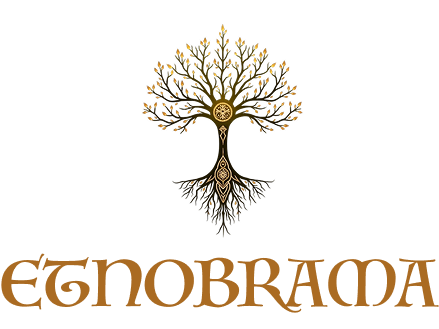In the heart of the Amazon rainforest, the tradition of using plants for dieting and healing has been passed down through generations. This ancient practice, deeply intertwined with the spiritual and cultural beliefs of indigenous tribes, is central to their way of life and their connection with nature. Dieting with plants, or “dietas,” is not just about physical health; it’s also a path toward personal growth and restoring health balance.
Amazonian Tradition of Dieting Plants
Dieting plants in the Amazon is a practice often conducted under the guidance of experienced maestros or medicos. These plants are considered sacred and are believed to possess spiritual properties that can facilitate healing, deepen one’s connection with the spirit world, and provide insights into the nature of existence. The plants are consumed in their natural form—whether as teas, infusions, or directly through their active compounds—and are typically paired with periods of isolation or seclusion to enhance their effects. The practice is rooted in the belief that certain plants can guide the mind, body, and soul toward a higher state of being.
Among the most widely used plants for dieting in Amazonian cultures are Ayahuasca has a place as supportive plant infusion in this process. The plants are often regarded as teachers that help the individual gain insight into their life and their place in the universe.
Healing Place Accommodations
Dieting often takes place in specialized healing centers or retreats in the Amazon, where participants stay in basic, remote accommodations designed to immerse them fully in the environment. These centers are typically located far in the jungles and along the banks of rivers, where the participants are disconnected from the distractions of modern life. The accommodation is simple, typically consisting of huts or cabins made from natural materials such as wood, mosquito nets and palm leaves. These structures are intentionally minimalistic to encourage a deep connection with nature.
Meals at these centers are usually plant-based, prepared to complement the effects of the dieting process. Often, these meals are restricted, with only certain herbs or foods allowed, to help purify the body and focus the mind. The diet is strictly controlled, as it is believed that certain foods can interfere with the healing process or hinder spiritual growth. The combination of isolation, simplicity, and plant-based food plays a significant role in the overall experience.
Rules and Guidelines for Dieting
There are strict rules that govern the dieting process. Participants must adhere to a regimen that includes abstaining from certain activities, such as sexual activity, and refraining from eating meat, alcohol, and processed foods. These restrictions are put in place to maintain the purity of the experience and ensure that the body is in the best condition to receive the plant’s spiritual teachings.
The period of isolation is also an essential aspect of the process. Dieting often involves staying in remote areas, either alone or with other participants, away from the distractions of everyday life. This seclusion helps participants focus on their journey and gives them the opportunity deeply connect with the plants and the wisdom they impart. During this time, participants may engage in meditation, reflection, and communication with the plant spirits, guided by the healer or shaman leading the dieta.
History of the Amazonian Healing Tradition
The practice of dieting plants dates back hundreds of years in the Amazon basin, with indigenous tribes utilizing the knowledge of plant medicine to maintain health and harmony with the world around them. The indigenous peoples believe that the plants hold spiritual power, and their use in healing rituals is seen as a way to restore balance within the individual and the community.
Shamans and healers, known as curanderos or ayahuascos, have long been the guardians of this knowledge. They are often seen as mediators between the human world and the spirit world, using plants to facilitate communication with spiritual beings and to perform healing rituals for individuals suffering from physical ailments or emotional distress. The use of plants for spiritual purposes has been integral to their worldview, with each plant possessing unique properties that can offer different forms of wisdom and guidance.
In recent years, there has been growing interest from people around the world in participating in these traditional healing practices. Many are drawn to the Amazon for the opportunity to experience a deeper connection to nature and explore the transformative power of plant medicine. Despite the increasing popularity, however, it is essential to approach these practices with respect for their cultural significance and the knowledge of the indigenous communities who have kept this tradition alive for centuries.
Conclusion
Dieting plants in the Amazon represents a deep-rooted tradition of healing, spiritual exploration, and personal transformation. It is a practice that blends ancient knowledge with a connection to nature and the spirit world, offering individuals the opportunity to gain profound insights into themselves and the world around them. The healing places in the Amazon, with their simple accommodations, strict rules, and focus on plant-based diets, provide the perfect environment for participants to embark on their own journeys.



